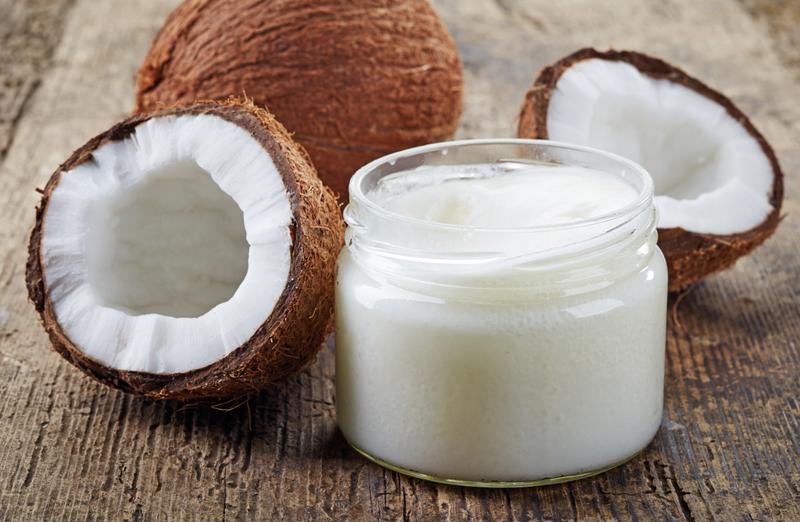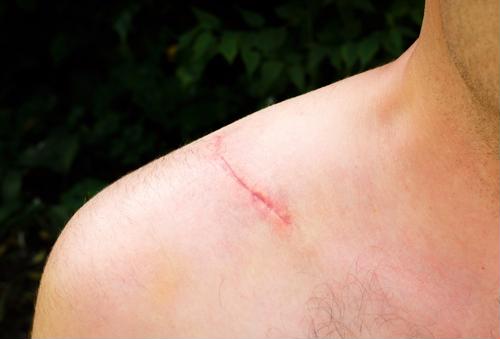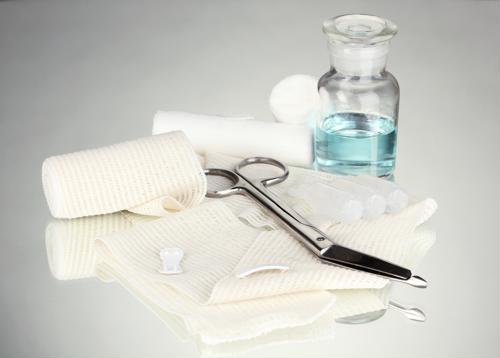More than a cooking ingredient, coconut oil has moisturizing properties that can work wonders for your skin. Some people use coconut oil regularly to hydrate their dry skin, while others have found it works especially well for reducing, even if not typically eliminating, the appearance of scarring.
Here’s your quick guide to using coconut oil for scar treatment:
 Coconut oil may help reduce the appearance of scarring.
Coconut oil may help reduce the appearance of scarring.The potential healing properties
Coconut oil provides a thick, hydrating layer on the skin as it heals. Such moisturizing may help with early scar treatment, especially when the damaged skin is dry. Another potential benefit of applying coconut oil to scars is that it may promote collagen production, which can encourage new tissue development, according to Healthline. Coconut oil can also help even the skin tone, reducing any redness or discoloration caused by the scarring.
However, Healthline also noted that more research is necessary to confirm the consistency of these healing claims.
The potential scar treatment uses
Coconut oil may reduce the appearance of acne scars and stretch marks, as well as scarring developed from surgical incisions and traumatic injuries.
Talk to your doctor before using coconut oil as an alternative treatment method. While it could promote healing, there isn’t enough scientific evidence for medical professionals to widely endorse using coconut oil for scar treatment. For instance, if you have particularly sensitive skin, it may react poorly to the oil.
How to use coconut oil for scar treatment
You can purchase pure coconut oil or look for skin care products that include the oil as the main ingredient. Apply it to the scarred skin at least twice a day, usually when you wake up and before you go to bed. Continue using the coconut until you notice the desired changes in your scar’s appearance, or at least until you stop noticing additional changes.
Healthline suggested testing the oil on a small patch of skin before applying it directly to the scar. Apply it to your forearm, cover it with a bandage and leave it for a day. If you don’t experience irritation or inflammation, you should be safe to use the oil elsewhere.
Keep in mind that while home remedies can be effective, you’ll want to speak with your doctor before experimenting too much. While you’re there, ask about iPAK by Innovative Outcomes to get your prescribed treatment supplies delivered straight to your front door.





